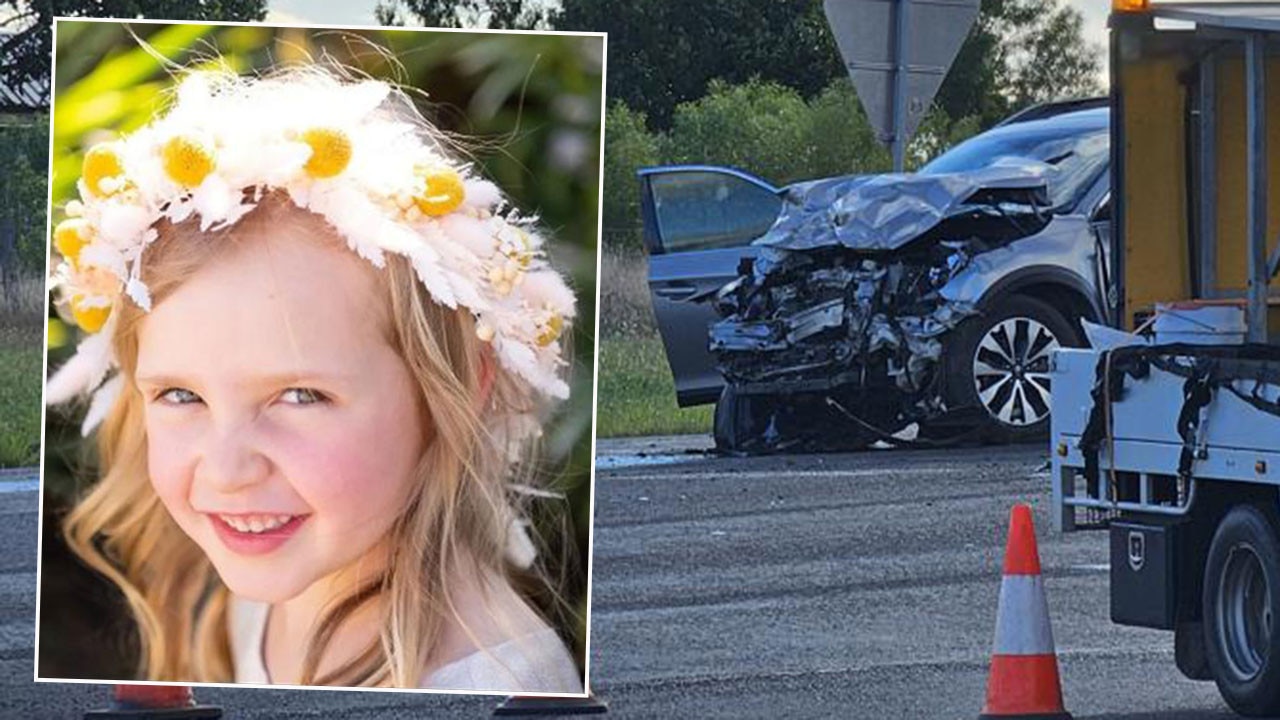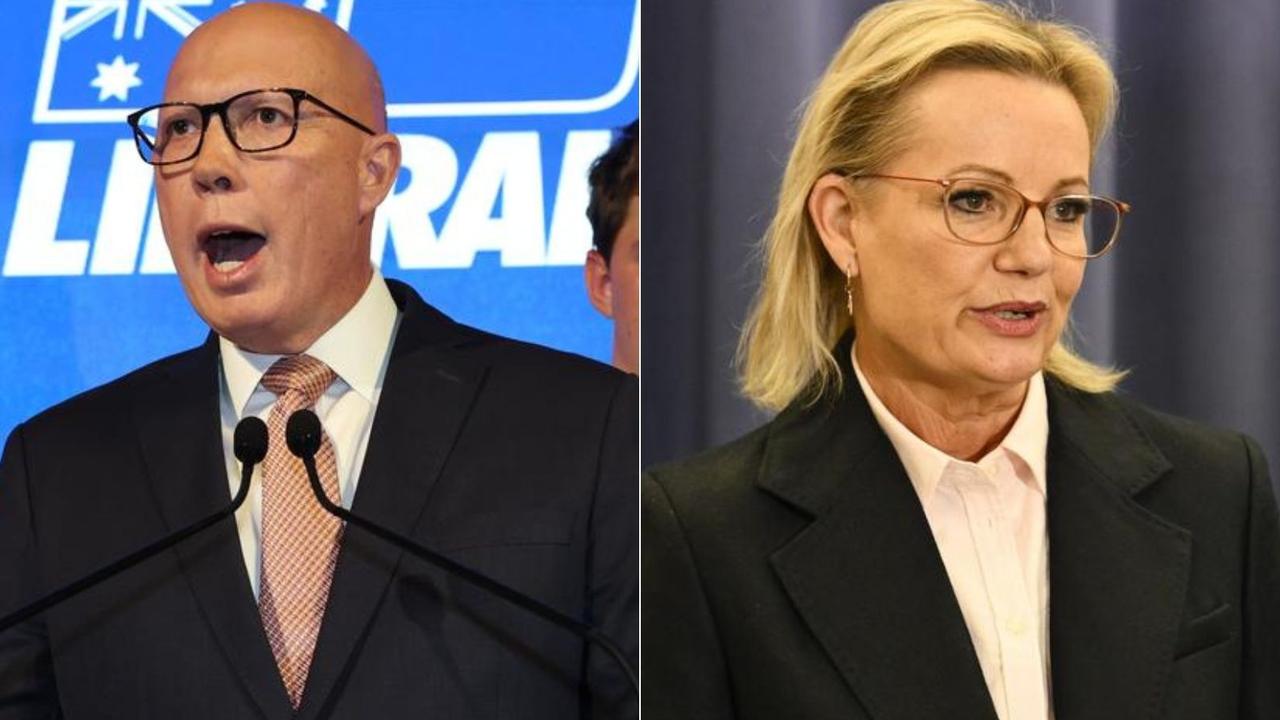Michael Wanganeen had a remarkable country football career, and deserves to be in SANFL Hall of Fame
Not many country legends have been admitted to the SANFL Hall of Fame, but there is definitely room for one more with this man, writes Graham Cornes.

Opinion
Don't miss out on the headlines from Opinion. Followed categories will be added to My News.
“FINEST coach I ever played under.” Eugene Warrior Snr had three seasons at Port Adelaide in the early 70s before a career with South Australian Police took priority.
He’s talking about Michael Wanganeen who had a remarkable country football career as player and a coach. As coach he led the South Australian Aboriginal Football Team to championship triumph in successive Aboriginal Football Carnivals between 1975-1977.
They were also undefeated in 1974 but Victoria was declared the winner on percentage.
In 1978 South Australia won again but by then Wanganeen had handed over the coaching reins to Sonny Morey.
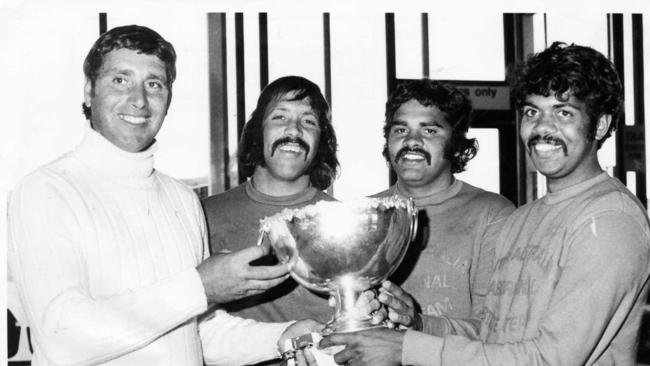
Wanganeen (a distant cousin to Gavin) is long retired but his achievements are still spoken about with reverence and awe. In this, the Sir Doug Nicholls Round which celebrates Aboriginal and Torres Strait Islander culture and its contribution to Aussie rules, it’s appropriate to pay tribute to a man whose achievements would otherwise have quietly disappeared into that vast archive of football history. We remember the greats of league football but not so readily those legends of country footy. And the achievements of the South Australian team in the National Aboriginal Football Carnivals which were held over a 10-year period through the 1970s have long been overlooked. For four successive years he inspired the South Australian team to championship victory. “He had the best attributes of both Fos Williams and Jack Cahill”, muses Warrior who was South Australia’s and the carnival’s best and fairest in 1975. “The toughness and the discipline of Fos and the Jack’s ability to make you believe you were better than your opponents and that you could beat anybody.”
When asked to expound his philosophy Wanganeen puts it simply, although drawing together indigenous players from different regions and different cultures seems far from simple. “They have to understand and respect each other. Work together, play together, win together”, he said on Thursday. He’s long retired from footy, a playing and coaching journey that started on the Point Pearce Mission on Yorke Peninsula. His first representative team was the 1958 Yorke Peninsula SAPSASA team. He was 15 when he played his first game for Point Pearce in that strong Yorke Valley Football League against teams like Maitland and Ardrossan. He won the club’s best and fairest the following year when he was 16.
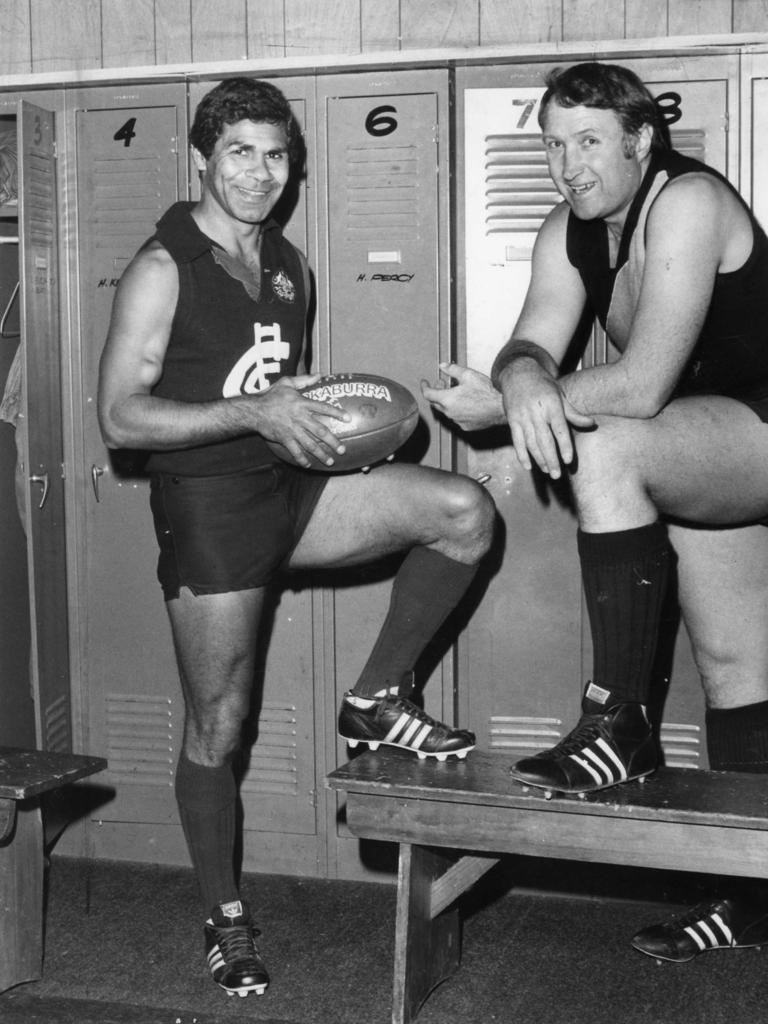
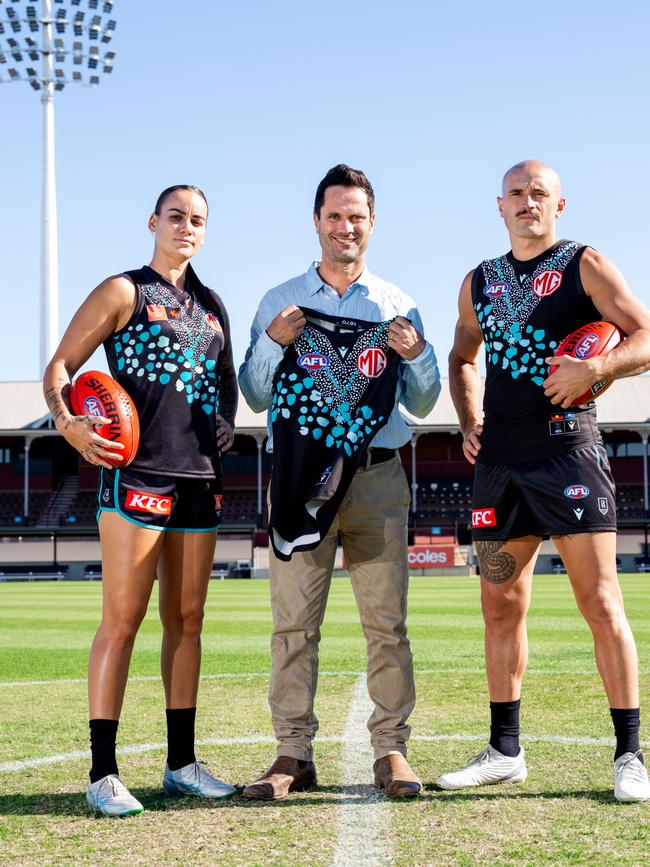
As his employment with ETSA as a linesman took him to various country centres, so did his football enrich the regions and the towns. From Point Pearce to Blyth, Hallett, North and South Clare and finally at Moonta at the age of 38, success followed as a player and a coach. He notched up 19 winning campaigns consisting of premierships in all grades, carnivals, national championships and in a unique victory coached a national indigenous team against reigning premiers Richmond in Mildura.
In 2008 Michael Wanganeen was nominated as a Country Footy Legend by the Blyth/Snowtown Football Club. The citation submitted by Ian Roberts, touched delicately on the issue of race, around which there was very little understanding or reconciliation when he played in the 1960s, 70s and 80s. “The Blyth population has had very little contact with indigenous people in its history and as I’ve learnt more about our “originals”, I’ve realised that Mike probably approached the coaching of an all-white team in 1973 with some trepidation.” If he did it didn’t show and he assimilated easily into the role as coach with stunning success. “[he was] one of the boys with a bit of idolising thrown in”, the nomination continued. Among all the accolades perhaps the most glowing comes from Crows fan favourite Eddie Hocking. “Michael had incredible skills, was fast, accurate and determined.
He led by example on and off the field and looked after his teammates. With a particular gift for communication Michael brought out the best in people and treated everyone as an individual. He’s an inspiring mentor and a good man.”
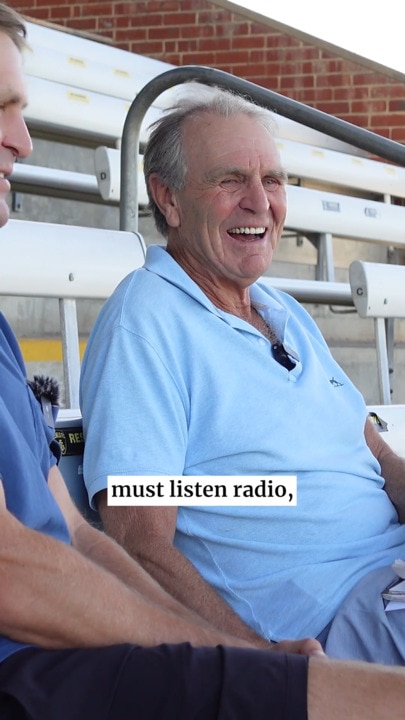
AFL innovations like the Sir Doug Nicholls Round and the Indigenous All-Stars game have increased our awareness of the unique talents of indigenous footballers but also the travails of their journey. But they also prick our collective consciences. In my playing days at Glenelg, I’d never had an indigenous teammate until Syd Jackson came along in 1977.
Syd Jackson, the Carlton premiership player, was all class. Quietly spoken, immaculately groomed and well-dressed he was recruited by our then coach, his former premiership teammate and coach, John Nicholls. But he only stayed for 13 games, so we never really got to know him and never saw his true talent in full flight. He was from the “Stolen Generation” but we neither knew or understood the difficulties he might have had assimilating.
We didn’t try to. He was just another teammate, which is probably how he wanted it to be. Then he was gone.
I’d played with indigenous players in Whyalla. The Eyles brothers, Bertie, Harry and Roger were our equivalent of the Krakouer brothers at Central Whyalla, except there were three of them. West Whyalla had the Croft brothers. Ken Croft, who was recruited to West Torrens, was regarded by some as the best player in Whyalla, even when a young Barrie Robran was emerging. He and his twin brothers, Ian and Garry were a handful for any opposition. Outstanding footballers all. But quiet. If they were vilified, which I’m sure they were, it never showed. Only they would know how they suffered. How we needed the education and awareness that today’s AFL programs provide.
The indigenous players of the pre-Crows era were trailblazers of sorts but we the white Australian footballers, had no understanding or education of their cultural histories and ordeals. The names are now passing into football posterity: Rigney, Johnson, Morey, Graham, Wilson, McAdam, Fry. They and many others all made their mark. Only now are we truly appreciating and understanding them.
Michael Wanganeen is quietly retired these days. There has been the occasional article telling of his achievements: Michelle Daw wrote in the Yorke Peninsula Country Times of his legend and legacy. The ubiquitous Peter Argent mentioned him in a preview of the Indigenous All-stars match on the SANFL website a few months ago. But he is not significantly appreciated by the wider football community.
In recent years he has been the chair of the Nharangga Aboriginal Association, a not-for-profit organisation “focused on taking care of people, culture, language and country.”
He has worked with his daughter Tania, a linguist in introducing the Nharangga language into schools. He still watches football passionately. His all-time favourite? “I’m with you Cornesy”, he laughs. “Tony Modra.” But he does like the look of St Kilda’s Nasiah Wanganeen-Milera. Don’t we all.
Michael Wanganeen never got the chance to coach at SANFL level. If it was a cultural barrier we will never know but his record and his influence, as attested to by so many, deserve to be preserved. Not many country legends have been admitted to the SANFL Hall of Fame.
There is definitely room for one more.





